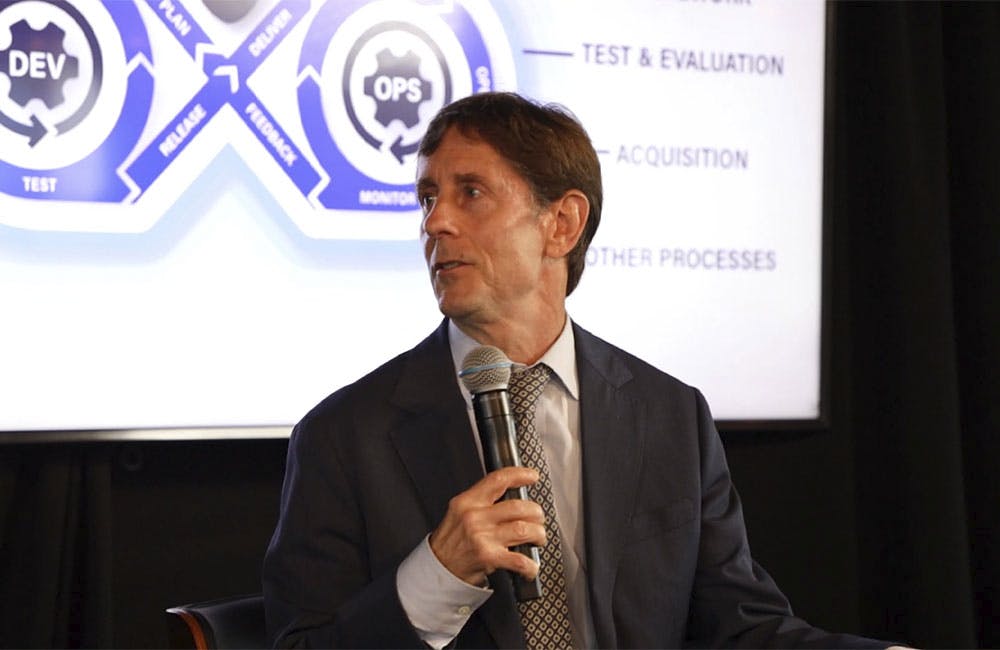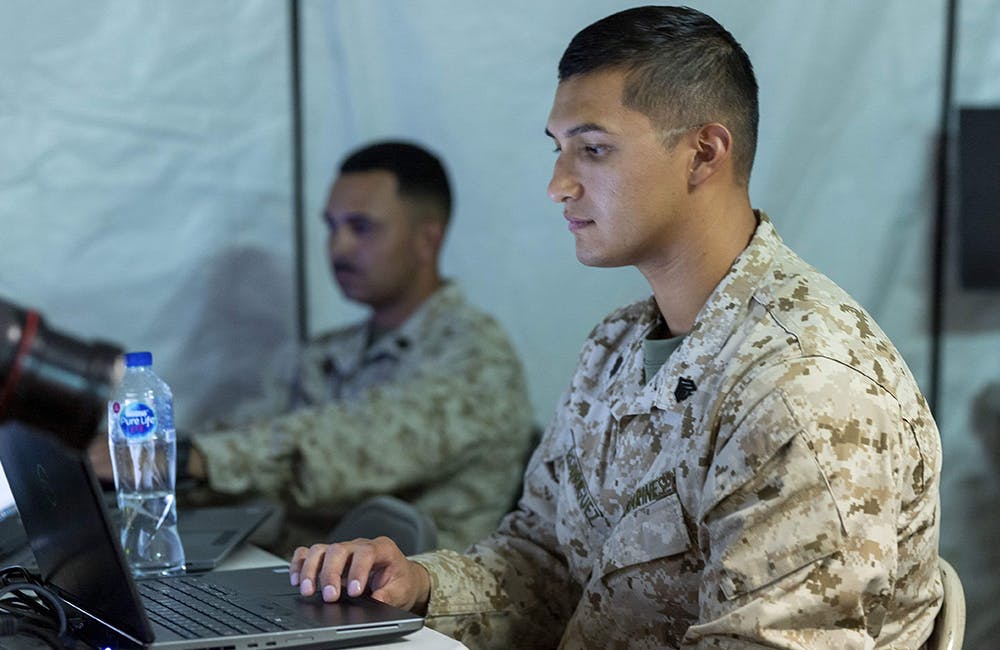VA Leaders: We’re Amid Greatest Transformation in Caring for Veterans
The current IT and customer-service modernization push is tied with the agency’s history and mission.

The Department of Veterans Affairs’ ongoing modernization initiatives are fulfilling both the VA’s core mission and its history of serving America’s veterans. Its digital modernization efforts are one of the most momentous reforms the agency has undertaken since its inception, VA leaders said at the Nov. 7 Veterans Digital Transformation Breakfast.
“We are in the midst of one of the three greatest transformations in how we take care of veterans in our nation’s history… we’re building the VA for the 21st century,” Deputy Secretary James Byrne said.
Similar to how the preceding Veterans Administration underwent large-scale reorganizing to accommodate the demobilizing of a generation of WWII veterans, it was crucial for the VA to overhaul its services to better integrate modern digital capacities, he said. The Servicemen’s Readjustment Act of 1944, or G.I. Bill, also had a transformative impact and a concerted effort to digitally modernize America’s largest civilian agency could have a similarly enduring impact across the greater federal government, Byrne added.
Despite the manifest ambitions behind VA digital modernization, VA has much more grounded, service-oriented aims.
“Customer service is still the No. 1 priority with the VA,” Byrne said. He further highlighted a critical focus on suicide prevention, especially tying digital modernization with an expansion in behavioral health treatment. The broader impact of the VA’s investment in new electronic health records technology is poised to transform “not just interoperability between [VA] and the Defense Department, but [also] is going to transform how our veterans are cared for for the rest of their lives,” he added.
Byrne also noted the VA’s focus on modernizing its supply chain and payment systems as crucial components for providing superior care to America’s veterans.
Byrne concluded by underscoring that enduring transformation in veterans care would be impossible without a wholesale modernization push that brings the VA fully into the digital era.
“Everything is connected to IT, and everything goes back to IT in some way,” he said.
VA CIO Gfrerer emphasized that it was necessary to meet “the exponential change of technology” and recognize the foundational necessity of tech modernization to provide the best possible care for America’s veterans.
Adopting commercial best practices, particularly in terms of cloud computing and procurement, will allow VA to be “more agile as a business, and more agile in terms of development,” Gfrerer said.
These broader aims will allow the VA to adopt a more technically sophisticated data strategy.
“There is a lot of connectedness. I’d say the biggest opportunities are partnership with [the VA’s Office of Enterprise Integration] around our data architecture,” he said, adding that the Federal Data Strategy is a foundational point in its data architecture.
Despite the high-concept aims of the VA’s digital modernization push, the VA’s quality of services remain directly tied to the commitment and quality of their employees.
“Attracting and retaining a quality workforce is really front and center of a modernization program,” he said. “The people thing is first … if we don’t make OIT and the VA a compelling and valuable employer, then we’re not going to take care of our businesses, and our business aren’t going to take care of our veterans.”
This is a carousel with manually rotating slides. Use Next and Previous buttons to navigate or jump to a slide with the slide dots
-

DOD Expands DevSecOps to Accelerate Software Deployment
George Lamb said the Pentagon is using continuous authorization and better processes to integrate security and speed across all programs.
5m read -

Navy Expands Black Pearl Capabilities to Drive Operational Resilience
The Department of the Navy's Black Pearl software factory and Innovation Adoption Kit boost software development and operational resilience.
5m read -

How NASA’s AI Plan Boosts Government Efficiency
NASA Chief Data and AI Officer David Salvagnini shares how the agency is integrating AI with data to drive innovation and efficiency across government.
9m watch -

Modernizing IT Systems for AI Adoption
USPS, NIH and Lumen discuss how modernization, data strategies and security are shaping AI’s future role in government.
20m watch








